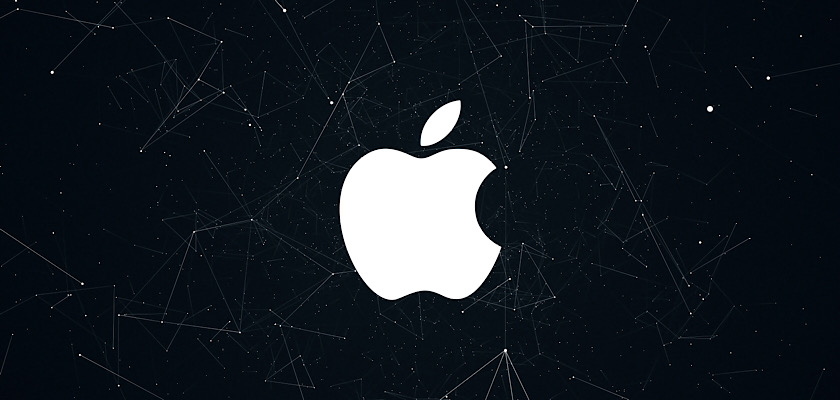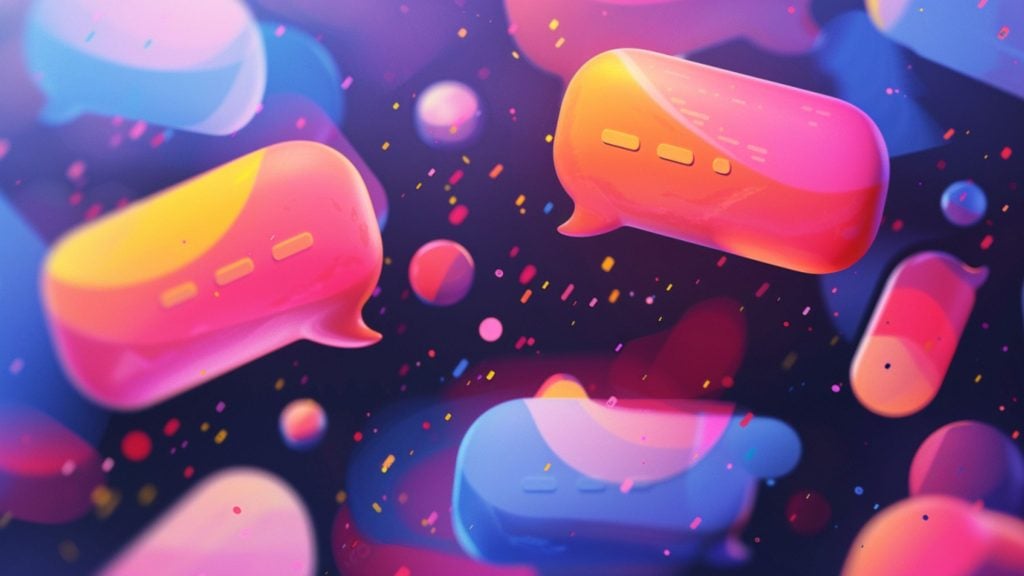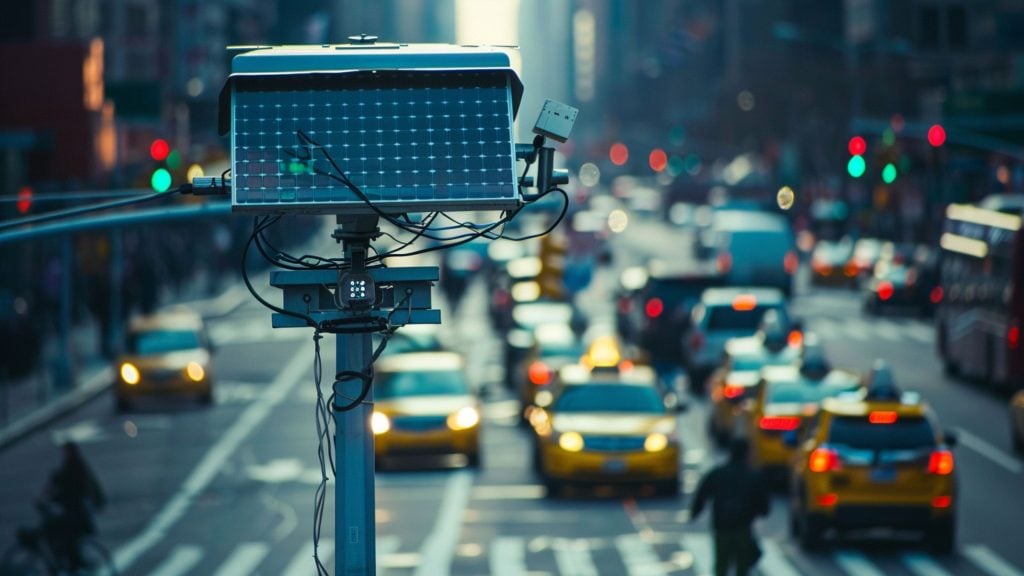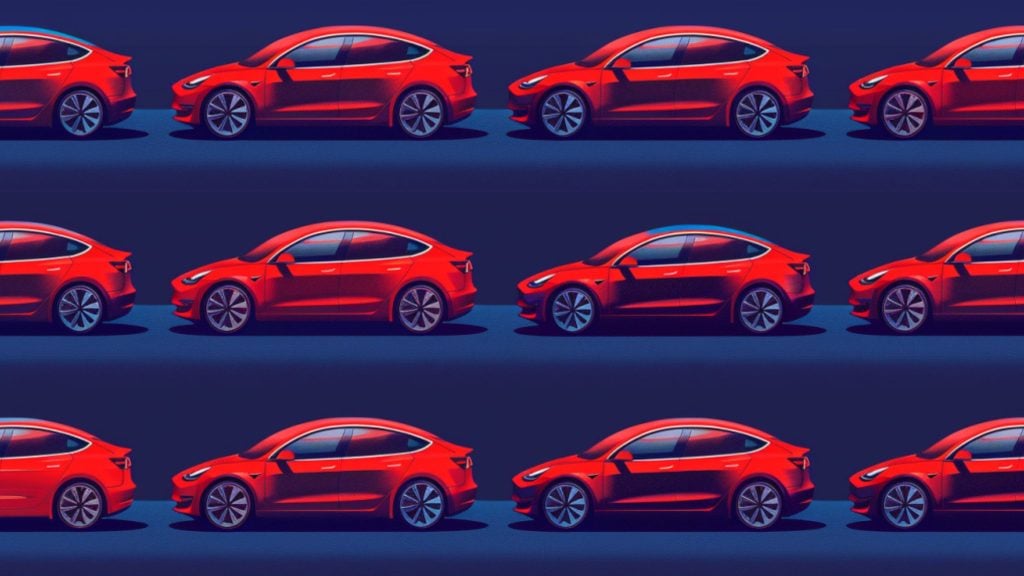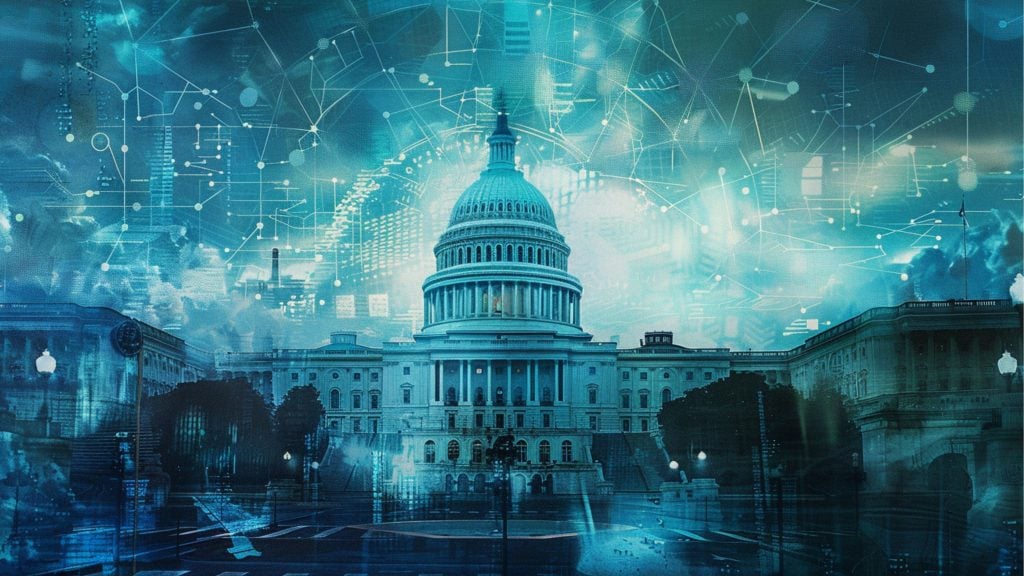Due to the tight control Apple maintains over its hardware and software, particularly on iPhones and iPads, Apple’s censorship is often far more impactful than the censorship of other big tech companies.
When apps, products, or services are censored by other big tech companies, consumers can usually still visit alternative stores or websites and access the censored goods on their device.
However, if apps, products, or services are booted from Apple’s ecosystem, Apple’s tight grip over the hardware and software make it impossible to access the censored apps on an Apple device.
Not only is Apple’s censorship often more impactful but Apple also has its own products and services in many of the markets where it enacts censorship and several companies that have had their access to Apple services and features blocked or limited have accused Apple of anti-competitive behavior.
In addition to this, Apple is often inconsistent with its censorship and allows Big Tech organizations to flout its rules with notable examples being:
- Twitter being allowed to flout Apple’s ban on pornographic content
- China’s multi-functional utility app WeChat being allowed to flout Apple’s rules around mini-programs
- Apple’s recently-introduced coronavirus rules allowing “recognized entities” to submit coronavirus apps but banning everyone else
Yet despite the impact, anti-competitive concerns, and inconsistencies, Apple’s censorship is showing no signs of slowing down and has ramped up in recent years.
Here’s a history of Apple’s censorship across the main markets it operates in:
Apple’s history of censoring the news

According to analytics service Sensor Tower, the most popular news curation app on the App Store, News Break: Local and Breaking, currently receives 1 million US downloads per month while specific news apps from publishers such as The New York Times and CNN receive 400,000 US downloads per month each.
Apple also has its own competing news subscription services, Apple News (free) and Apple News+ (premium), which have 125 million users.
When Apple censors news publishers, not only do they lose access to this huge distribution network but they also lose the ability to send push notifications to their followers on iPhones and iPads – a feature that’s valuable for breaking news events and which Apple has been accused of using excessively in the Apple News app.
Every time Apple censors a publisher, it’s also censoring a potential competitor to its Apple News service.
And even if publishers aren’t directly censored by Apple, research has shown that its Apple News app rarely promotes smaller publishers and instead curates most of its articles from a handful of big-name publishers.
Apple has been censoring news publishers and features that enable news consumption for over a decade.
Here are some of the many examples from those 10+ years:
- May 2009: Apple bans Newspapers, an app that lets users read content from over 50 newspapers, on the grounds that The Sun’s topless Page 3 Girls were “obscene.”
- December 2009: Apple temporarily bans political cartoons app NewsToons because it contained cartoons that mocked public figures.
- March 2010: Apple censors apps from German tabloid Bild and forces the publisher to replace pictures of naked women with women in bikinis.
- November 2010: Apple bans a magazine about Google’s Android operating system from the Danish Publisher Mediaprovider.
- August 2012: Apple bans the Drones+ app which notified users when there was a drone strike and claimed that it was “objectionable and crude.”
- August 2016: Apple News stops supporting the open Really Simple Syndication (RSS) format – a decision which prevented users from adding feeds from non-Apple approved publishers to the Apple News app.
- September 2018: Apple bans independent news outlet Infowars’ app. It was later revealed that Apple has an “executive review board” led by Apple’s Senior Vice President of Worldwide Marketing Phil Schiller which was behind the decision to ban Infowars and meets every week to make the final call on whether to ban “controversial” apps.
- May 2019: Apple bans independent news outlet Natural News from Apple News on the grounds that its stories are “rejected by the scientific community.”
- July 2019: Apple bans pro-life news outlet LifeSite from Apple News and claims that it “shows intolerance.”
- October 2019: Apple blocks US news app Quartz in China for containing “content that is illegal in China.”
- December 2019: Subscription-based news outlet The Information gets rejected from the App Store four times before being accepted and accuses Apple of being unfair when enforcing its rules.
Apple’s history of censoring social networking and communication apps
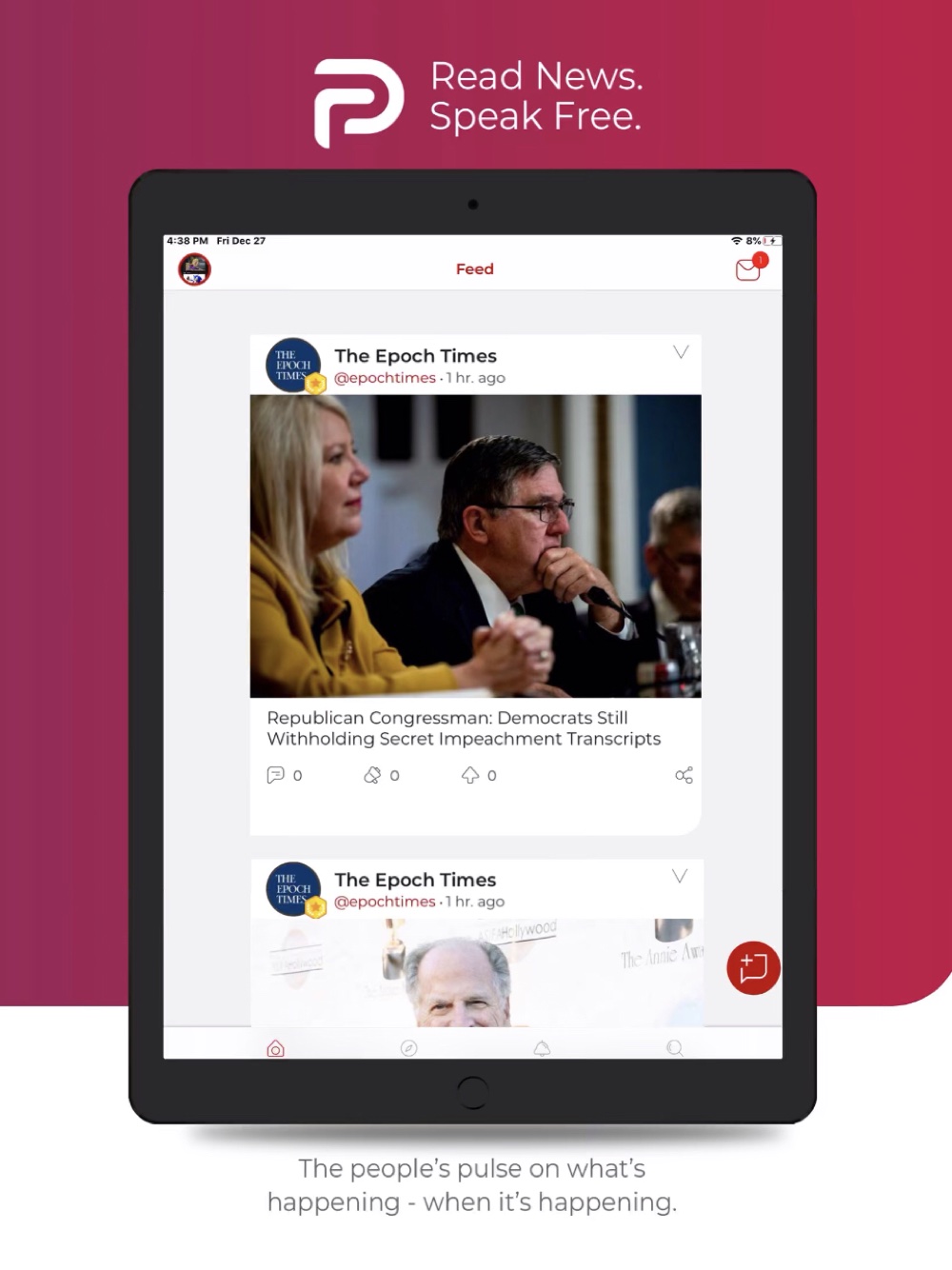
Social networking and communication apps are another major category on Apple’s App Store with data from Sensor Tower suggesting that Facebook and Facebook Messenger, two of the leading apps in these categories, each receive 8 million US downloads per month.
Apple also has a popular communication app in this space, iMessage, which has an estimated 1.3 billion users.
Like with the news, when apps are censored from this marketplace, they lose access to a huge audience and push notifications – a feature that is essential for messaging and communication.
And every app that Apple censors in this category is a potential rival to iMessage.
Apple has banned and blocked many apps in this space over the years with some of the most notable examples including:
- December 2016: Apple bans free speech social network Gab’s app over content posted by users.
- June 2018: Apple blocks Telegram’s app from updating for almost two months.
- June 2019: Apple blocks Telegram channels that contain pornography or “hate speech.”
- June 2019: Free speech app Parler’s CEO says Apple temporarily blocked its app from updating and required it to censor “offensive content.”
- March 2020: Apple censors encrypted chat app Boom on behalf of the Chinese government.
Apple’s history of censoring other apps and utilities

Beyond social networking and communication, Apple has a huge user base who rely on its operating system and App Store to access various utilities with a total of 1.5 billion active Apple devices and 900 million active iPhones.
As with most of the other markets it operates in, Apple has several of its own apps and utilities embedded into this ecosystem including its Safari web browser, its parental control system Screen Time, and its emoji keyboard.
When Apple censors apps and utilities or cuts them off from certain Apple features, it’s also cutting them off from millions of potential users and in some cases, eliminating competitors to its own apps.
Here are some of the many examples of Apple censoring apps and utilities since 2010:
- February 2010: Apple removes 5,000 apps for “inappropriate content.”
- Early 2017: Apple bans the Taiwan flag emoji on Chinese iPhones.
- July 2017: Apple bans apps that help users evade China’s Great Firewall which results in many virtual private networks (VPN) being removed from China’s App Store.
- August 2017: Apple bans several popular Iranian apps, citing US sanctions.
- April 2019: Apple makes changes that result in many parental control apps being banned from the App Store less than a year after launching its own parental control system, Screen Time, before eventually reversing the ban in June 2019.
- June 2019: Apple rejects the Dissenter web browser and bans its developer’s account, even after admitting that the app didn’t break any rules.
- June 2019: The popular Puffin Browser announces the shut down of its iOS app after Apple blocks its updates. Its developer accuses Apple of sabotaging Puffin Browser over competition concerns.
- July 2019: Adblocking app AdGuard Pro returns to App Store after years of being blocked from updating its app.
- September 2019: Apple closes its Safari Extensions gallery, causing many adblockers, VPNs, and other extensions to shut down.
- October 2019: Apple hides the Taiwan flag emoji on iPhones in Hong Kong and Macau.
- October 2019: Apple censors crowd sourced mapping app used by Hong Kong protestors HKmap Live.
- December 2019: Coinbase CEO says Apple is “eliminating usage of Dapps” (decentralized apps) from its App Store.
- April 2020: Tile calls out Apple for preventing users from always allowing background permissions – a decision which reduces the functionality of its app. Tile also noted that while Apple was limiting its access to these permissions, there were indications that Apple was planning to launch its own Tile competitor.
Apple’s history of censoring music
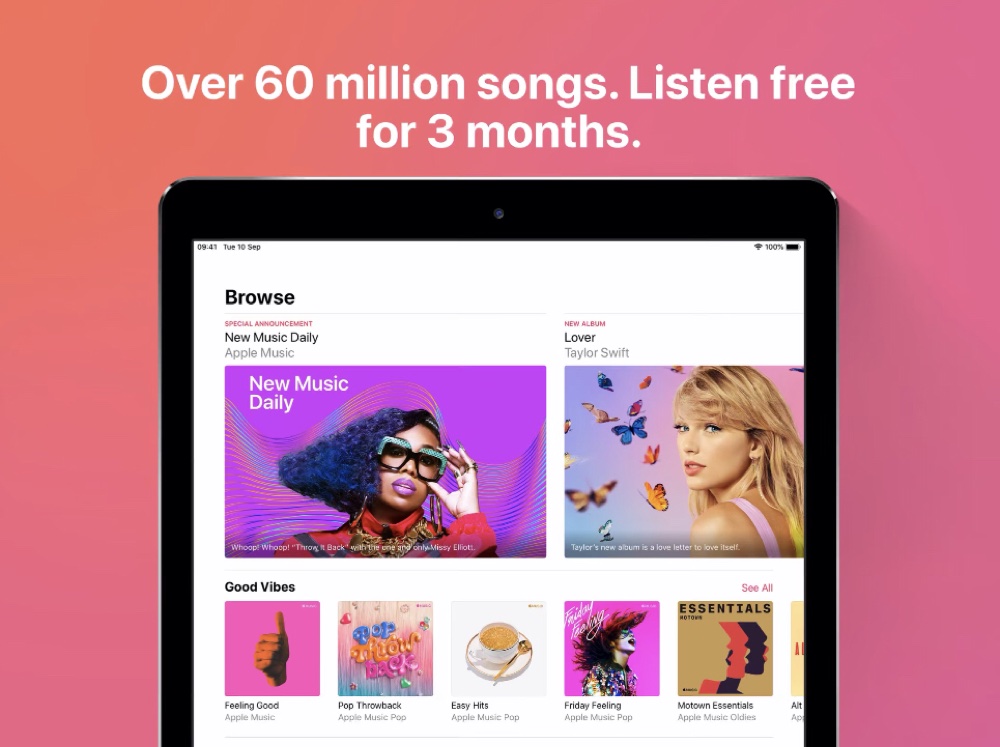
Apple has been a dominant player in the music industry for years with it reportedly having 800 million users of its now deprecated iTunes media player app (many of which still purchase music via the iTunes store) and 70 million users of its Apple Music streaming service.
The market for alternative music apps on the App Store is also thriving with Sensor Tower data suggesting that Spotify, the most popular app in this category, receives 5 million US downloads per month.
When Apple bans or blocks artists and music apps from either Apple Music or the App Store, they lose access to millions of potential customers and many features that ease the customer’s music consumption experience on Apple devices.
And when it censors music apps, Apple is also blocking a potential competitor to Apple Music – something music streaming app Spotify has filed an anti-competitive motion with the European Commission (EC) over.
Apple has been censoring music since 2008 with some of the key examples being:
- October 2008: iTunes censors “offensive” song titles and through a temporary glitch, even censors titles that aren’t deemed to be offensive.
- May 2009: Apple temporarily censors an app from the group Nine Inch Nails.
- October 2011: Apple temporarily blocks Spotify from Siri.
- February 2012: Apple censors music on iTunes Match, a service that allows users to access their music collection on multiple devices by streaming them from Apple’s library, by replacing explicit songs with clean versions.
- April 2015: Apple temporarily blocks Spotify’s app from the Apple Watch.
- June 2015: Apple censors song titles in Apple Music.
- June 2015: Apple is accused of censoring explicit songs in India and providing no option to turn this filtering off.
- April 2019: Apple removes Chinese artist Jacky Cheung’s song The Path of Man, which references the Tiananmen Square massacre, from Apple Music at the request of the Chinese government.
Apple’s history of censoring books
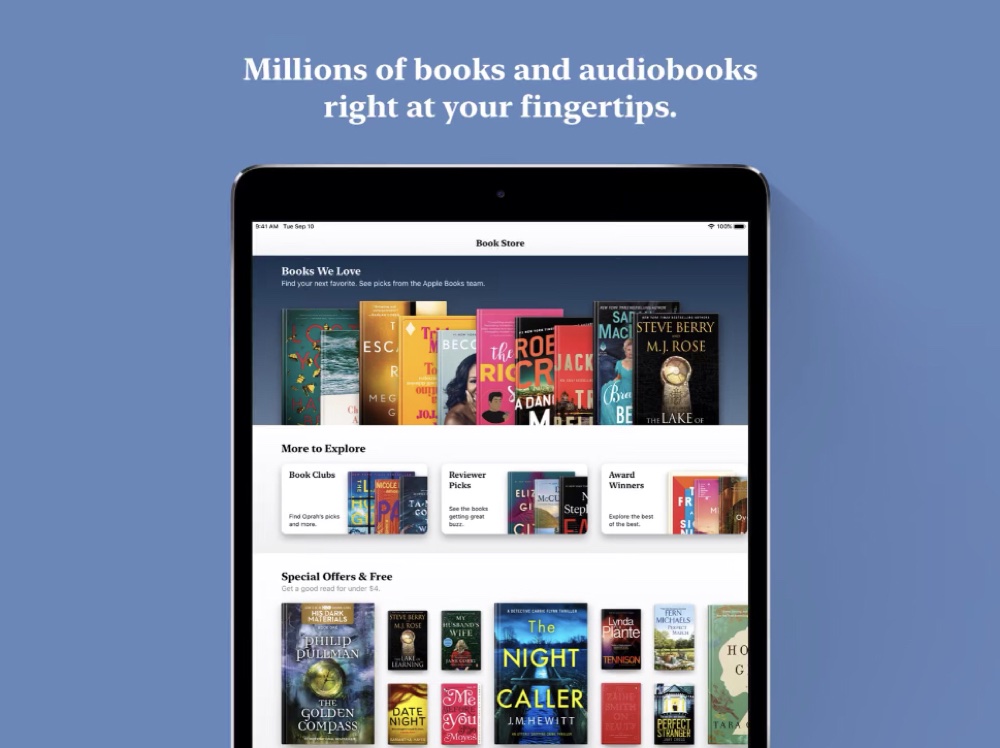
Books is another huge category in the Apple ecosystem with one of the leading apps in this space, Amazon’s Kindle app, generating 2 million US downloads per month, according to Sensor Tower.
Apple also has its own books app Apple Books with the most recent stats on the previous iteration of this app, iBooks, indicating that it has generated more than 1 billion total book downloads and picks up an average of 1 million customers per week.
Apple has banned both reading apps and books over the last 10+ years, and in doing so, blocked potential rivals to Apple Books and prevented publishers from reaching the millions of book readers that use the Apple Books app.
Here are some of the top examples of Apple’s censorship of books and reading apps:
- May 2009: Apple temporarily bans ebook-reading app Eucalyptus because people might use it to download the Kama Sutra.
- August 2009: Apple censors dictionary app Ninjawords for containing curse words.
- December 2009: Apple bans the book Take Control of iPhone OS 3 and forces its author to remove all references to jailbreaking.
- April 2010: Apple censors the term “sperm whale” from the Moby Dick book description in iBooks.
- May 2010: Apple bans the comic Zesty for featuring lesbian kissing and cuddling.
- July 2010: Apple is accused of removing erotic novels from its iPad book charts.
- April 2013: Apple bans the Tibet app which offered books that were banned from the App Store in China.
- April 2016: Apple shuts down the iBooks Store in China.
Apple’s history of censoring games
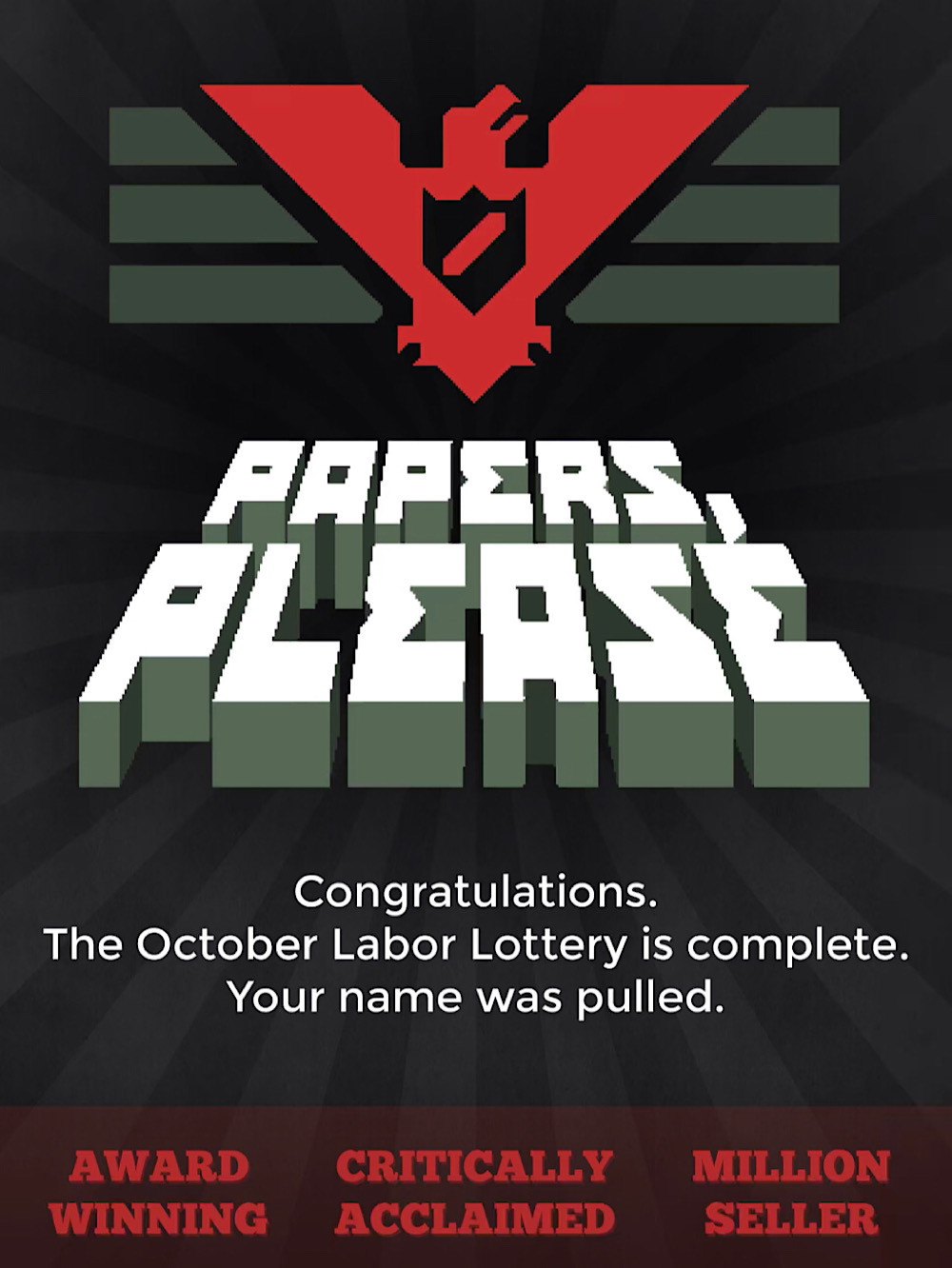
Most of the top games on the App Store get millions of downloads per month with stats from Sensor Tower suggesting that Call of Duty: Mobile brings in 4 million US downloads each month while Fortnite racks up 3 million monthly US downloads.
In addition to this, Apple also has its own gaming subscription service, Apple Arcade, which is predicted to reach 12 million users by the end of 2020.
Gaming is one of the most locked-down areas on iPhones and iPads which means if a game gets banned from the App Store, there’s no other official way for users to load games on to their device.
Apple has also previously censored gaming services which allow users to stream many of the games that are available on the App Store and in doing so, potentially blocked a competitor to one of its services.
Here are some of the main examples of Apple blocking and banning games and gaming apps over the last 12 years:
- September 2011: Apple bans Phone Story which made reference to child labor and factory-worker suicides at phone assembly factories.
- December 2014: Apple temporarily censors minor nudity in Papers, Please.
- December 2015: Apple temporarily bans games that show the Confederate flag and cites some uses of the flag as being “offensive and mean-spirited.”
- February 2016: Apple bans The Binding of Isaac for portraying violence against children.
- May 2018: Apple bans the Steam Link game-streaming app for a year.
- December 2018: Apple bans Slitherine’s Afghanistan ‘11 for using the Taliban as enemies.
- December 2019: Apple temporarily bans PewDiePie’s game Poopdie for being “crude.”
- February 2020: Apple bans the Shadow cloud gaming system.
Apple’s history of censoring movies and TV
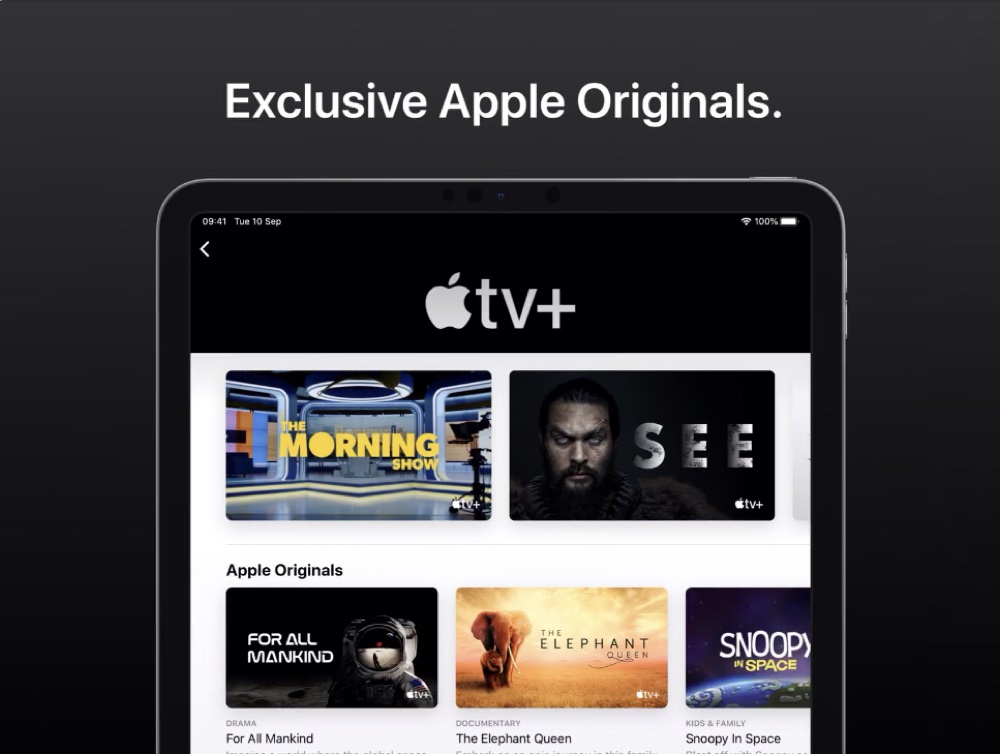
Apple has a huge base of customers purchasing movies and TV shows through its services with many of the 800 million users of the now deprecated iTunes media player app still using the iTunes Store to purchase movies and TV shows and an estimated 33 million customers subscribed to its Apple TV+ streaming service.
Apple’s has censored movies and TV shows in several countries over the years with some of the main examples including:
- December 2012: iTunes censors several movies in India.
- April 2016: Apple shuts down the iTunes Movie store in China.
- October 2019: Apple TV+ exec warns creators not to anger China.
- November 2019: Apple accused of censoring Apple TV+ in India.
- December 2019: Digital version of How the Grinch Stole Christmas removed from a man’s library.
Apple’s history of censoring podcasts

Apple has been the dominant force in podcasting for years with 52% of the 150 million total podcast listeners in the US using the Apple Podcasts app and Apple’s podcasts directory being used by most of the major podcasting clients.
This means that when Apple boots a podcast, not only does it get removed from the most popular podcasting app in the US but it also gets scrubbed from most of the other alternative podcast apps too because they use Apple’s podcast directory.
The impact of this is that if Apple censors a podcast, the only way customers are likely to find it is if they manually copy and paste the feed into a podcast client – a cumbersome process and something that the majority of podcast listeners won’t do.
Here are some of the podcasts Apple has censored since 2015:
- May 2015: Apple bans France Musique over “inappropriate content” in a podcast.
- August 2018: Apple bans five Infowars podcasts for hate speech.
- November 2018: Apple censors an episode of the cryptocurrency podcast Off the Chain with Anthony Pompliano.
- June 2019: Apple censors Chinese language podcasts in China.
Future implications of Apple’s censorship
The past 12+ years of Apple censorship indicate that going forward, Apple’s tight grip on its hardware-software ecosystem and the strict rules that surround it are going to be even more impactful for end users.
The scale of Apple’s censorship has increased over time and the markets that Apple operates in are becoming increasingly digital each year – a trend that gives Apple even more power to censor in these sectors.

